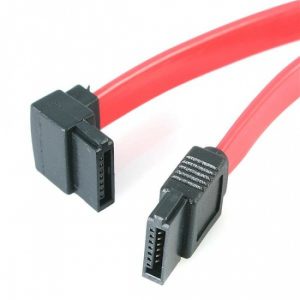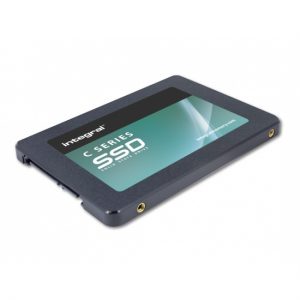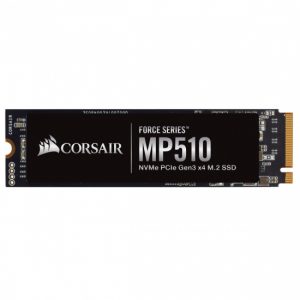What’s the difference between SATA, PCIe, NVMe, and M.2?
Are you looking to build your own PC? If so, then understanding your storage space is crucial. The Solid State Drive (SSD) has become the storage item of choice over Hard Drive Discs (HHDs). Everyone is always throwing terms out there like SATA, M.2, PCIe, and NVMe. But what is the difference between the terms PCIe, NVMe, M.2, and SATA?
Let’s take a look…
SATA
(Serial Advanced Technology Attachment) is a computer bus interface that connects host bus adapters to mass storage devices such as hard disk drives, optical drives, and solid-state drives – that’s used to connect drives to the computer’s motherboard. SATA 3 being the most current model with a maximum speed of 600 mb/s.


Our choice:
PCIe
(Peripheral Component Interconnect Express) is a modern electrical bus interface that is much faster than SATA’s.
Theses interfaces enable speeds of up to 1gb/s, versus SATA at 0.6gb/s.
They contain up to 16 channels or 128 gbps of storage.
PCIe drives have better heat sinks, but they only really matter when at high transfer rates.
Our choice:
NVMe
(Non-volatile Memory express) is a storage protocol, not a form factor (like M.2) or an interface (like SATA).
NVMe is an open standard developed to allow modern SSDs to operate at the read/write speeds their flash memory is capable of. Essentially, it allows flash memory to operate as an SSD directly through the PCIe interface rather than going through SATA and being limited by the slower SATA speeds.
This can be up to 5 or 6 times faster than it’s SATA based equivalent.
NVMe drives provide write speeds as high as 3500mb/s for Gen 3 and 5000mb/s for Gen 4. That’s 7x as high as SATA SSD'(6oo mb/s) and as much as 35x over spinning HDDs.
NVMe’s are said to have up to 64,000 queues, each capable of 64,000 commands.
With data transfer speeds many multiples of traditional 7200 RPM and even 10,000 RPM drives, it has become the protocol of choice.
Some typical questions that come with NVMe’s:
- Can you plug an M.2 drive into a NVMe connector?
– Yes, depending on the motherboard. Are all M.2 drives NVMe? No. Some only support NVMe and some do both. You cannot plug an NVMe into a M.2 connector.
- Can NVMe’s run on any system?
-Not as well supported. These interfaces only get support from Linux, Windows, Mac OS, and even Chrome OS. But BIO’s and component support are not as prevalent.
- How many channels can they hold?
-Can go between 2 and 4 lanes. Doubling your bandwidth.
Remember, at higher speeds, devices using NVMe can get very hot when under stress for long durations of time.
M.2
M.2 is a form factor, not a protocol (like NVMe) or a bus interface (like PCIe). M.2 drives can come in SATA versions (like the Crucial MX500 M.2 for example) and NVMe versions (like the Samsung 970 Pro/EVO. Other SATA form factors include 2.5″ and 3.5″.
M.2 drives are compatible with both SATA and NVMe drives. They are smaller than its predecessor and don’t use cables.
M.2 and NVMe aren’t interchangeable terms, but they are very similar in nature.
NVMe itself is not a connection type but rather a protocol that utilizes a pre-existing PCIe connection.
Remember, removing M.2 drives can be a pain. You might have to remove your graphics cards to get to it.

Our choice:
Conclusion
Alright, so now that you know the terminology surrounding your storage space, you can finally make a decision. But don’t just go for the most modern decision. SATA is the original chocice with up to 600mb/s. It’s the cheapest choice for SSDs. PCIe’s are the more modern choice. They can run up to 1,000 mb/s. PCIe drives can hit high temperatures and will need more cooling. You will also be paying much less for modern PCIe’s than original SATA drives. The M.2 is a form factor that can operate PCIe and SATA interfaces. They can fit easily of the motherboard by just being screwed in. Original 2.5″ SATAs are plugged into the motherboard with a cable. This allows larger SATA’s to sit in many different places around your setup. M.2 drives must be placed into a difficult spot on the motherboard, that might mean removing your graphics card first. So which storage decision will you make? HDD? SSD?. Will those be plugged into a SATA or PCIe interface? Those questions are up to you to decide.
So what will you choose?
Want to learn more? Comment below and let us know how we can help.


